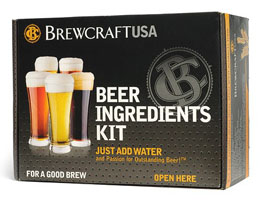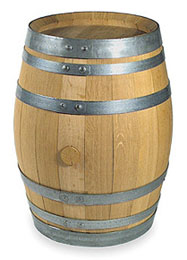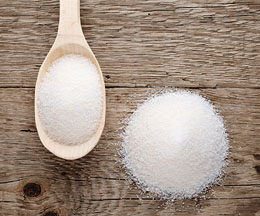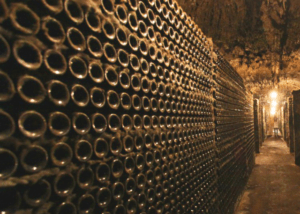 When you see pictures of French wine caves and elaborate wine cellars in the homes of movie stars, it’s easy to get the impression that old wines are better than wines that have been recently bottled. But the truth isn’t nearly so cut and dry. In fact, many wines are at their best in their first few years, and even the best-aged wines reach a point where time diminishes their flavor rather than enhancing it. The secret to an ideal experience is knowing which types of wine actually do taste better with age and how long to leave them in the bottle.
When you see pictures of French wine caves and elaborate wine cellars in the homes of movie stars, it’s easy to get the impression that old wines are better than wines that have been recently bottled. But the truth isn’t nearly so cut and dry. In fact, many wines are at their best in their first few years, and even the best-aged wines reach a point where time diminishes their flavor rather than enhancing it. The secret to an ideal experience is knowing which types of wine actually do taste better with age and how long to leave them in the bottle.
Wines That Get Better with Age
For some wines, aging in the bottle softens them and allows their full complexity to be enjoyed. Most, but not all, of these are full-bodied reds. According to Better Tasting Wine, the following wines should be allowed to age in the bottle for maximum enjoyment:
- Old World Cabernet Sauvignon (Bordeaux, Meritage, California wines made in the French style) — 20+ years
- French Merlot (St. Emilion, Pomerol) — 15 to 20 years
- Syrah (Shiraz) — 5 to 15 years
- Riesling — up to 15 years
- White Bordeaux (made from Semillon) — 20+ years
- Champagne (top quality) — 20+ years
- Sauterne — up to 100 years
Wines to Drink Young
For purposes of wine, young is generally defined as five years old and younger. One of the most notable wines that are at its best as soon as it is bottled is the French Beaujolais Nouveau. The new vintage of this product of Burgundy, made with Gamay grapes, is released each year on the third Thursday of November to much excitement and headlines. However, Beaujolais isn’t the only wine that can be enjoyed to its fullest while young. Better Tasting Wine lists several types that are best when consumed in less than five years:
- Pinot Noir
- Red Zinfandel
- Chardonnay
- Sauvignon Blanc
So don’t worry if you don’t have the time or the space to age wines for decades. You can enjoy plenty of quality wines right out of the wine store. Salut!

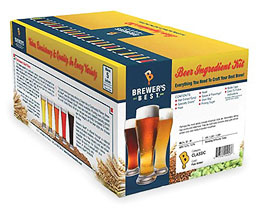

 I took the stopper out of the carboy briefly to clean. I noticed a vinegar smell! Is the 6 gallons of wine junk? Or should I sample to confirm? Help! Air lock may have gotten low !!!!!
I took the stopper out of the carboy briefly to clean. I noticed a vinegar smell! Is the 6 gallons of wine junk? Or should I sample to confirm? Help! Air lock may have gotten low !!!!!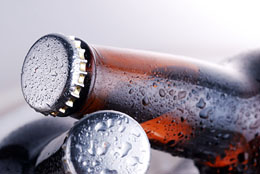 When it comes to storing your homemade beer, you’re going to need more than just a couple of pitchers. You’ll need to decide whether you’ll be bottling beer, or
When it comes to storing your homemade beer, you’re going to need more than just a couple of pitchers. You’ll need to decide whether you’ll be bottling beer, or 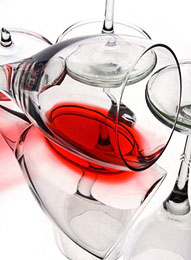 Home winemaking can be quite an investment in time and money, therefore it’s very important to be meticulous and careful throughout the entire process. Of course, home winemaking is also quite a joy and is a wonderful hobby, and following a few important wine making tips will lower your chances of disaster in the bottle!
Home winemaking can be quite an investment in time and money, therefore it’s very important to be meticulous and careful throughout the entire process. Of course, home winemaking is also quite a joy and is a wonderful hobby, and following a few important wine making tips will lower your chances of disaster in the bottle! When people are first learning how to brew beer, one of their first questions is always, how long does the homebrewing process take? How long it takes to make the beer, and how long it will be before you can start drinking your homemade beer are two different things. But altogether, from the time you first start mixing your own beer, to the time you’re cracking open your first bottle, it should only be a matter of weeks.
When people are first learning how to brew beer, one of their first questions is always, how long does the homebrewing process take? How long it takes to make the beer, and how long it will be before you can start drinking your homemade beer are two different things. But altogether, from the time you first start mixing your own beer, to the time you’re cracking open your first bottle, it should only be a matter of weeks.